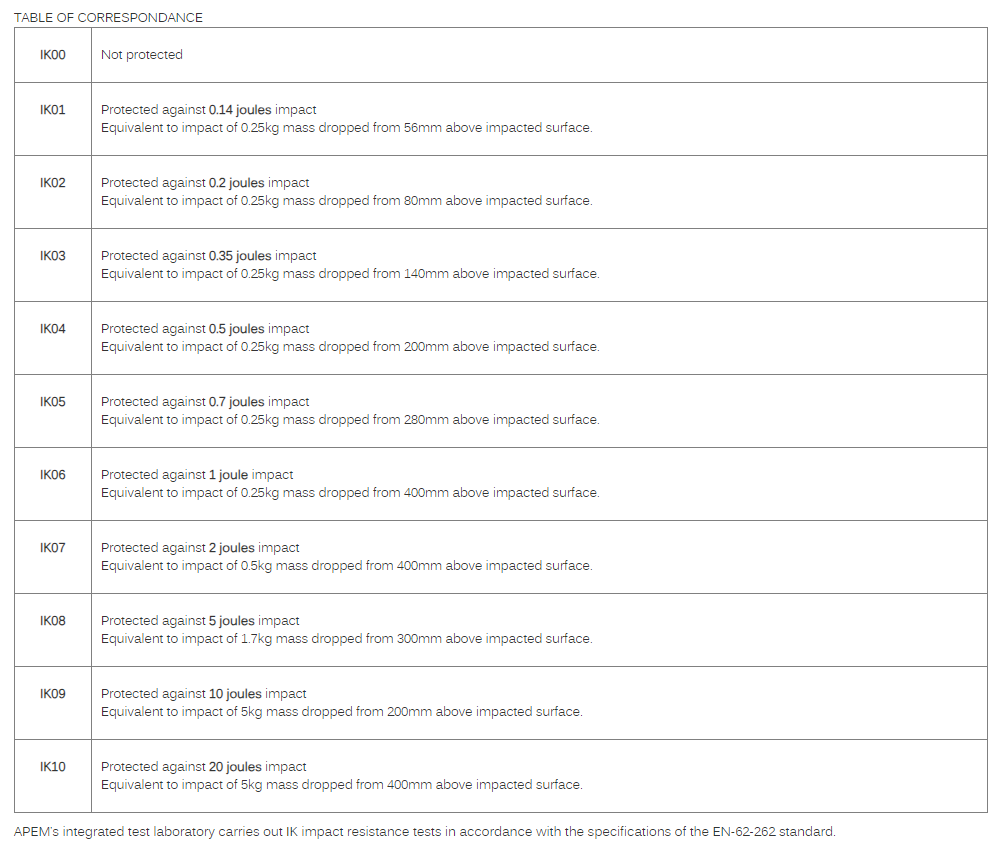Understanding IK Impact Resistance: A Crucial Factor in Product Selection
IK Ratings are an international numeric classification to indicate the degrees of protection provided by enclosures for electrical equipment against external mechanical impacts. It provides a means of specifying the capacity of an enclosure to protect its contents from external impacts in accordance with IEC 62262:2002 and IEC 60068-2-75:1997.
When choosing a product, one critical factor to consider is its IK impact resistance rating. This rating plays a decisive role in determining a product's ability to withstand environmental challenges, rather than just assessing its mechanical durability. Hence, it is an essential attribute for any consumer goods.
The IK impact resistance is evaluated through a specialized test using a "Charpy pendulum" impact tester. This apparatus measures how well a product can endure three consecutive identical impacts. The energy of these impacts, measured in joules, is influenced by two key factors:
-
The distance between the hammer and the sample being tested
-
The weight of the hammer
Based on the resistance level demonstrated during this test, the product is assigned an IK code ranging from IK0 to IK10. This code indicates the energy level that the product can absorb, providing valuable insight into its robustness against physical impacts.
In summary, understanding what the IK impact resistance rating signifies can be crucial for making informed decisions when selecting products intended for consumer use.

|

